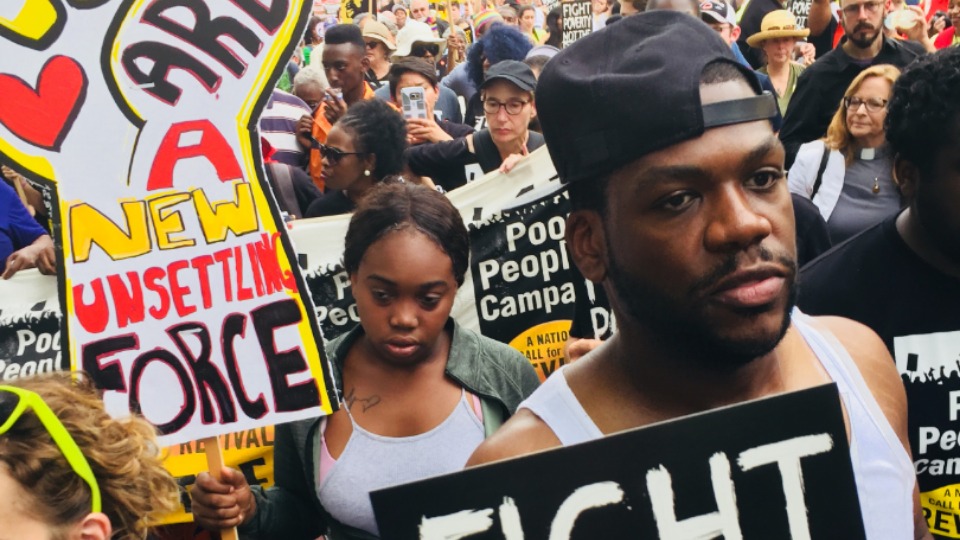Nearly 1 in 5 Amazon delivery drivers get hurt on the job each year, new report says
2022/5/24 17:36 (EDT)
© The Seattle Times

Labor and Industries cited Amazon’ s DuPont, Washington, fulfillment center in May for violating workplace safety laws. - Ellen M. Banner/Seattle Times/TNS
One in five delivery drivers working for Amazon was injured on the job in 2021, a new report says.
The same report, released Tuesday by a coalition of labor unions, found 1 in 7 was injured so severely they had to either change their job or take time off following an injury.
"Amazon's delivery quotas and production pressure are contributing to an escalating injury crisis among workers in every segment of Amazon's delivery system," the Strategic Organizing Center's report read.
"Amazon claims to have taken several steps to promote safety," it continued. "Amazon has refused, however, to address the core issue that fuels injuries in its delivery system: abusive delivery production demands."
Injuries for workers in Amazon's delivery system — including delivery drivers as well as employees at delivery stations and sortation centers — jumped by 38% in the past year, according to the organizing center, which has pushed Amazon to changes workplace policies previously. The same group released a report in April that found injuries at Amazon warehouses increased about 20% from 2020 to 2021.
The rate of serious injuries for drivers jumped 47% in the past year, according to the most recent report.
Amazon spokesperson Kelly Nantel said the report used a small sample of workers and drivers to "intentionally misrepresent the facts."
"Safety is a priority across our network, which is why we've rolled out technology like innovative camera systems that have helped lead to an overall reduction in accident rates of nearly 50%," Nantel said in an emailed statement. "We'll keep investing in new safety tools to try and get better every day."
On the heels of a successful union drive at an Amazon warehouse in Staten Island, the company is facing pressure from employees, state and federal regulators, and some shareholders to improve working conditions for its blue-collar workforce. Federal lawmakers have called for an investigation into Amazon's practices after six people died while working at an Amazon warehouse in Edwardsville, Illinois. Washington regulators have issued four citations, alleging the company's pace of work is leading to unsafe working conditions at Amazon facilities.
During some shifts, a delivery driver working with Amazon in Sacramento, California, is expected to make a delivery every minute or two, the Strategic Organizing Center report found.
Injury rates at Amazon's sortation centers, where employees sort orders by final destination, increased 20%, while rates at its delivery stations, where workers prep packages for the delivery to customers doorsteps, went up 15%.
The SOC analyzed data that Amazon and its delivery service partners — independent delivery companies who staff and operate Amazon-branded vans to bring packages from distribution centers to customers' doorsteps — submitted to the Occupational Safety and Health Administration. It analyzed data from 201 of Amazon's roughly 2,500 U.S.-based delivery service partners.
Amazon says injury rates at the company are actually going down, citing a $300 million investment in new technologies and new protocols to improve working conditions. Amazon's own analysis found the lost-time incident rate, a measure of the number of injuries that resulted in missed work, improved 43% from 2019 to 2020, according to a report the company released this year. The report did not include an analysis of 2021.
Researchers at the Strategic Organizing Center don't agree. Amazon is relying on outdated numbers, the report said, and is leaving out a large chunk of its workforce by not including contracted delivery service partners who account for about half of all Amazon delivery system workers.
Amazon "cherry picked" the data they chose for their own analysis, said Eric Frumin, the health and safety director with the Strategic Organizing Center. In addition to leaving out contractors, Amazon compared itself only to industry competitors with at least 250 workers, he said, despite the fact that many of Amazon's delivery stations and sortation centers don't fall into that category.
In a letter to shareholders in April, CEO Andy Jassy said Amazon's injury rate was "misunderstood," explaining that Amazon actually split its workforce into two categories when comparing itself to others in the same industries: warehouse workers, and courier and delivery service workers.
By that logic, Amazon's injury rate was higher than its warehouse peers — 6.4 versus 5.5 — but lower than its delivery peers — 7.6 versus 9.1. Amazon is "about average relative to peers," Jassy wrote in his letter. "But we don't seek to be average. We want to be best in class."
Amazon has come under fire for its expected pace of delivery in the past, most notably when some drivers said publicly they had to resort to urinating in bottles, bushes and coffee cups because the number of deliveries expected each shift didn't leave time for a bathroom break.
In April, a delivery company in Wyoming sued Amazon on behalf of the 2,500 delivery service partners working with the company in the U.S., alleging Amazon set unrealistic and unsafe expectations for drivers. Owner Max Whitfield said in the lawsuit he often had to send out a "rescue" driver to help an "overburdened" worker already on the road.
In Colorado, an insurance company found Amazon delivery drivers had a higher rate of animal-related injuries or slip-and-fall incidents than drivers for other companies, the SOC report said.
Drivers "make it crystal clear the source of the problem — it's the production pressure," Frumin said. "These are conditions that the company imposes and the company can take away."






.jpg)
.jpg)
.jpg)


